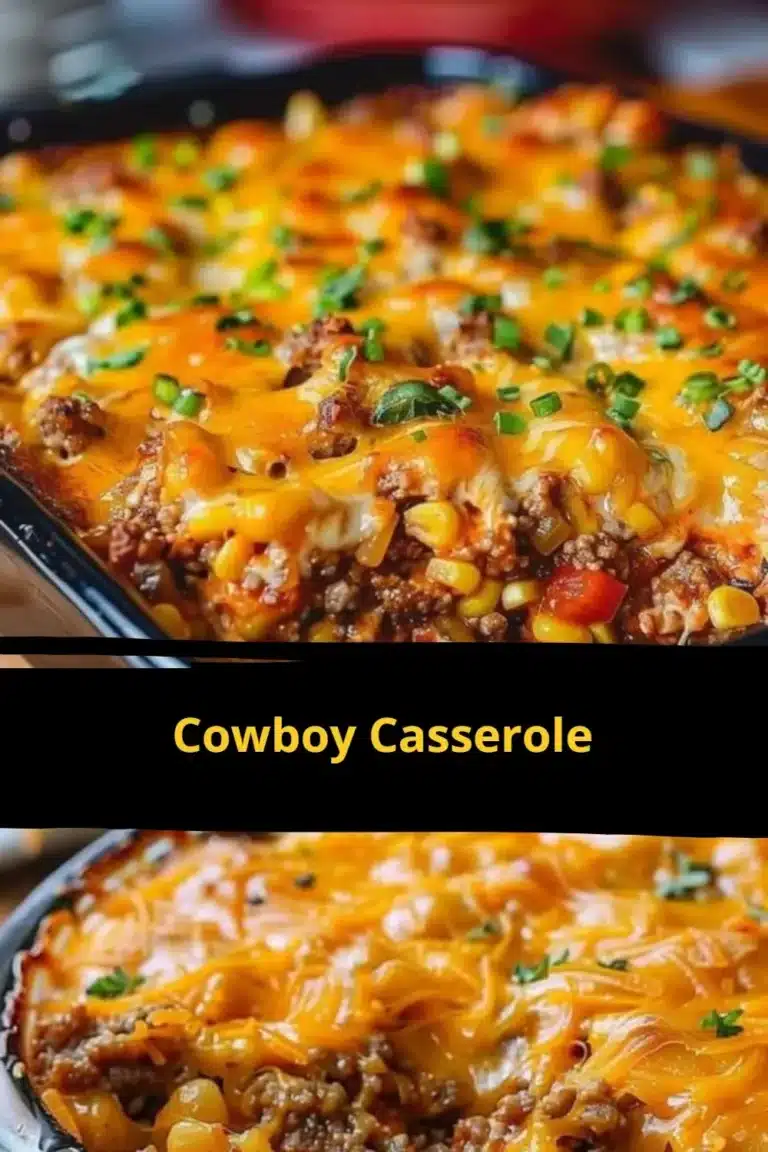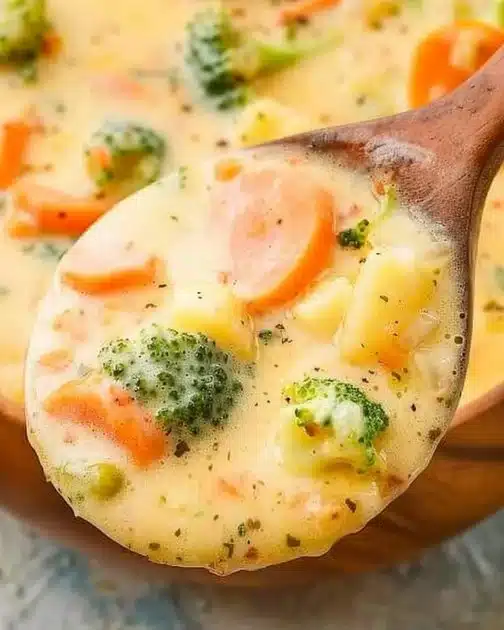Mixed Vegetable Casserole: The Ultimate Comfort Food Guide
When it comes to easy, satisfying, and crowd-pleasing dinners, few dishes can beat a well-made mixed vegetable casserole. This classic recipe brings together seasonal vegetables, creamy sauces, melted cheese, and a crunchy topping into one oven-baked dish that works for holidays, potlucks, or busy weeknights. Whether you’re making it as a side dish or a vegetarian main, this guide will walk you through everything you need to know to create a delicious, customized version at home.
Table of Contents
Mixed vegetable casseroles are also remarkably versatile. You can make them ahead, freeze them, adapt them for dietary restrictions, and change the ingredients depending on what you have in your kitchen. Plus, they’re a great way to clean out your pantry or freezer while feeding your family something hearty and healthy.
According to the Academy of Nutrition and Dietetics, both frozen and canned vegetables can be just as nutritious as fresh ones, making them ideal for casseroles. And if you’re debating what kind of cheese or creamy element to use, this helpful guide from The Spruce Eats breaks down the best cheeses to melt into your bake.
Even if you’re watching your fat intake, choosing the right fats is key. The Mayo Clinic’s healthy fats overview explains which types of fats add richness without compromising your health goals.
What is a Mixed Vegetable Casserole?
A mixed vegetable casserole typically combines a variety of vegetables with a creamy binder like soup, sour cream, or mayo, along with shredded cheese and a crunchy topping. It’s baked until bubbly and golden. Most versions use pantry staples, making it an ideal “what do I have in the fridge” solution.
Why it’s so popular:
- Quick prep time, usually under 15 minutes
- Fully customizable
- Suitable for large gatherings
- Comforting, rich, and nutritious
Basic Recipe for Mixed Vegetable Casserole
Ingredients:
- 2 cups of mixed vegetables (frozen or canned, drained)
- 1 small diced onion
- 1 can condensed cream of mushroom or chicken soup
- 1 cup mayonnaise (or sour cream/yogurt as alternatives)
- 1 cup shredded white or sharp cheddar cheese
- 1 cup buttery cracker crumbs or panko bread crumbs

Instructions:
- Preheat oven to 350°F (175°C)
- In a large bowl, mix vegetables, onion, soup, mayo, and cheese
- Spread into a greased 9×13 baking dish
- Top with crushed crackers or bread crumbs
- Bake for 30–35 minutes until bubbly and golden
Ingredient Substitutions and Customization
You can easily adapt this dish based on what you have or dietary preferences.
Vegetable options:
- Fresh veggies like zucchini, cauliflower, broccoli
- Frozen mixes with carrots, corn, green beans, peas
- Canned vegetables (just drain them well to avoid sogginess)
Binder swaps:
- Greek yogurt for extra protein
- Sour cream for a tangy twist
- Cream cheese for a richer texture
Cheese varieties:
- Mozzarella for stretch
- Parmesan for saltiness
- Provolone for mild creaminess
Topping alternatives:
- Panko crumbs for crunch
- French fried onions for flavor
- Toasted breadcrumbs with butter for a rustic feel
Add-ins for Extra Flavor
To give your casserole more depth, try these easy upgrades:
- A packet of onion soup mix or ranch seasoning
- 1–2 teaspoons of minced garlic
- Dried or fresh herbs like thyme, parsley, or oregano
- A dash of paprika or cayenne for heat
- Cooked proteins: chicken, tofu, beans, or turkey sausage
Variations by Diet
Vegan:
- Use vegan mayo and dairy-free cheese
- Swap cream soups with coconut milk and cornstarch base
- Add chickpeas or lentils for protein
Gluten-Free:
- Use gluten-free crackers or top with cheese only
- Check labels on soup and condiments
Keto/Low Carb:
- Use cauliflower, spinach, or zucchini only
- Swap soup for heavy cream and cheese blend
- Skip breadcrumbs or use almond flour
High-Protein:
- Add cooked chicken, beans, or cottage cheese
- Use Greek yogurt in place of mayo
How to Serve It
While it’s great on its own, you can serve your mixed vegetable casserole in creative ways.
- With a side of quinoa, rice, or couscous
- Next to meatloaf, grilled chicken, or lentil patties
- As a topping for baked potatoes
- In individual ramekins for dinner parties
Pro Tips for the Perfect Bake
- Always thaw frozen vegetables to reduce excess moisture
- Drain canned veggies thoroughly
- Mix the sauce and cheese before layering for even flavor
- Add cheese to the top in the last 10 minutes for that golden crust
- Use shallow baking dishes for faster and even cooking
Make-Ahead and Storage Instructions
- Prep and refrigerate uncooked casserole for up to 24 hours
- To freeze: assemble, wrap in foil, and freeze for up to 3 months
- Reheat from frozen at 375°F for 45–50 minutes
- Store leftovers in the fridge for 3–4 days
Common Mistakes to Avoid
- Adding too much mayo or not enough seasoning
- Using watery vegetables without draining or sautéing
- Not preheating the oven properly
- Overcooking, which dries out the edges
FAQs About Mixed Vegetable Casseroles
Can you use fresh vegetables instead of canned or frozen?
Yes, just blanch or sauté them first so they cook evenly.
How do you make a vegetable casserole not soggy?
Drain well, thaw frozen veggies, and don’t overdo the liquid ingredients.
What goes well with vegetable casserole?
It pairs well with roasted meats, grains, or a fresh green salad.
Can you make vegetable casserole ahead of time?
Absolutely! Assemble and refrigerate it, then bake when ready.
Is vegetable casserole healthy?
It can be. Use low-fat dairy, whole vegetables, and healthy toppings.
Can I add meat or pasta to a veggie casserole?
Yes! Add cooked shredded chicken, ham, or small pasta shapes.
How do I make it vegan?
Use plant-based mayo and cheese, and thicken your sauce with plant milk and flour.
What are good toppings besides crackers?
Try panko, bread crumbs, fried onions, or shredded cheese.
Conclusion
Mixed vegetable casseroles are the ultimate blank canvas. You can personalize the flavors, boost nutrition, and adapt them for nearly any dietary need. Whether it’s for a cozy dinner or a festive side dish, you’ll find it easy, delicious, and comforting.
Try it once and you might just add it to your weekly rotation. Don’t be afraid to experiment—every family eventually finds their signature version.
PrintMixed Vegetable Casserole: The Ultimate Comfort Food Guide
- Total Time: 45 minutes
- Yield: 6 servings
Description
A creamy, cheesy vegetable casserole made with pantry staples—perfect for busy weeknights or as a comforting side dish.
Ingredients
- 2 cups of mixed vegetables (frozen or canned, drained)
- 1 small diced onion
- 1 can condensed cream of mushroom or chicken soup
- 1 cup mayonnaise (or sour cream/yogurt as alternatives)
- 1 cup shredded white or sharp cheddar cheese
- 1 cup buttery cracker crumbs or panko bread crumbs
Instructions
- Preheat oven to 350°F (175°C).
- In a large bowl, mix vegetables, onion, soup, mayo, and cheese.
- Spread mixture into a greased 9×13 baking dish.
- Top evenly with crushed crackers or breadcrumbs.
- Bake for 30–35 minutes until bubbly and golden.
Notes
For extra flavor, mix in cooked chicken, garlic powder, or a pinch of paprika. Use gluten-free breadcrumbs if needed.
- Prep Time: 10 minutes
- Cook Time: 35 minutes
- Category: Casserole
- Method: Baking
- Cuisine: American







